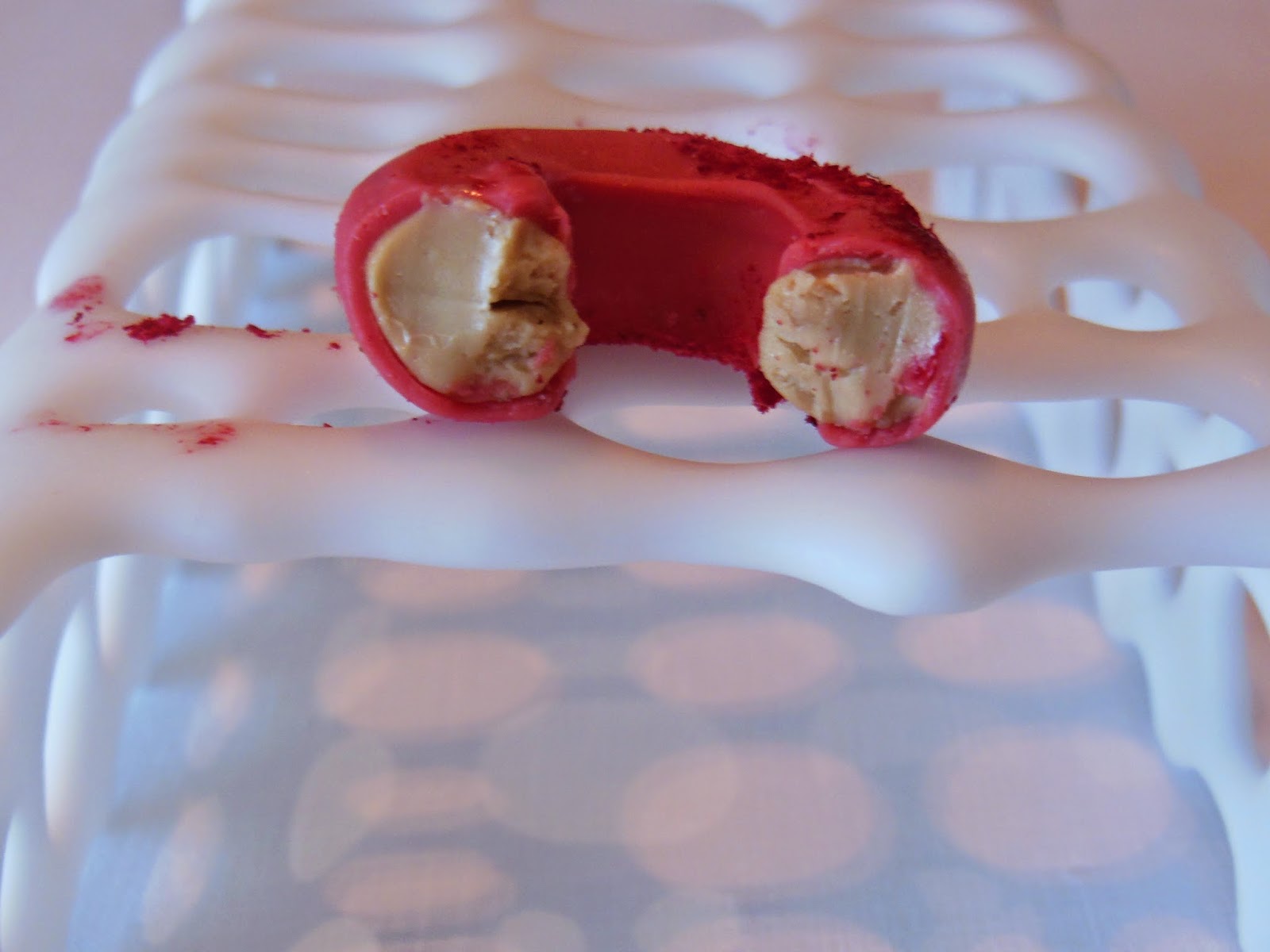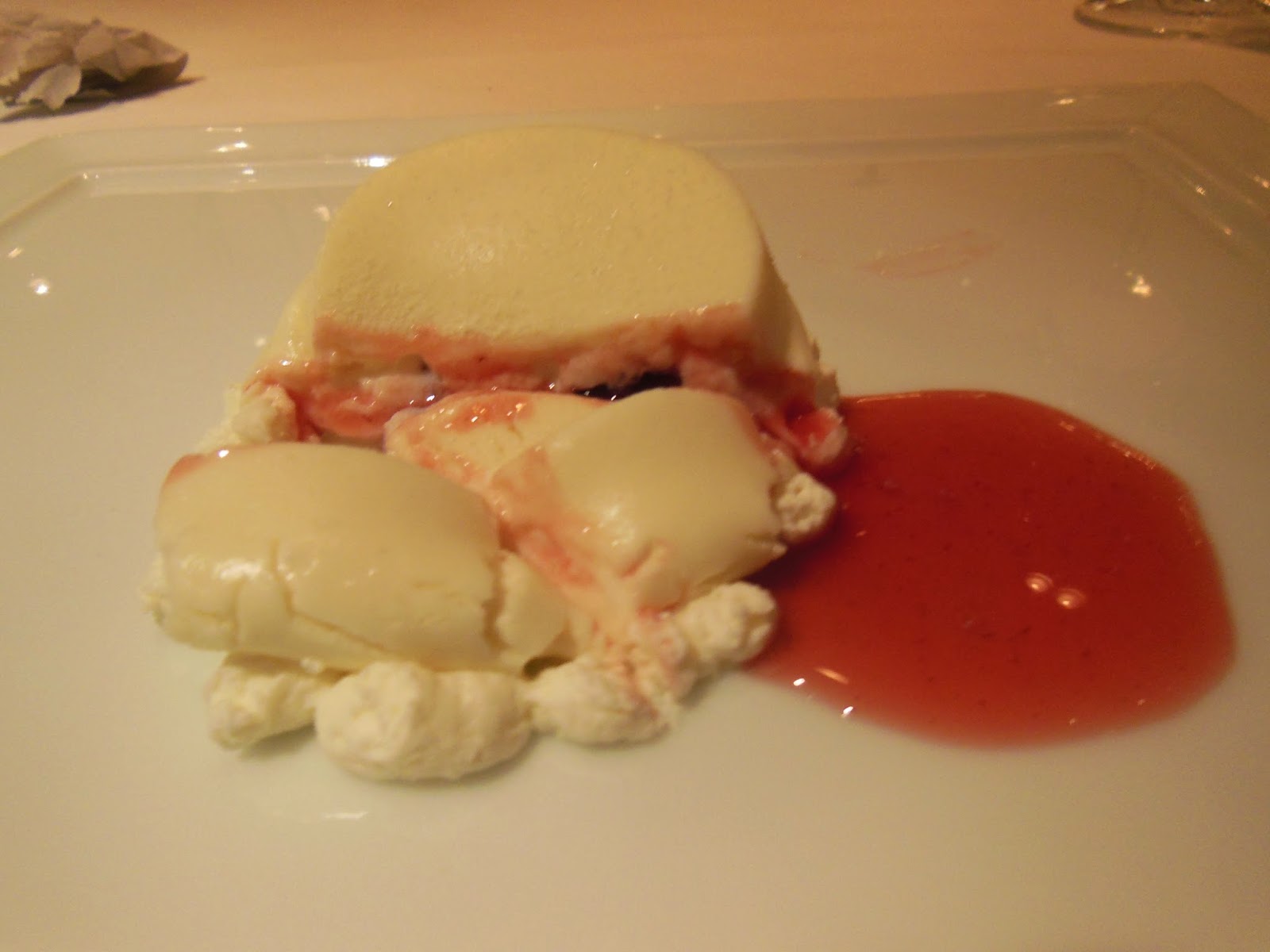May 10, 2014, Mizutani, JPY 20,000 (lunch), Japanese
Mizutani is located between Ginza station and Shinbashi station. But, the Google map that I got indicated to use Shinbashi station exit #3. When I was trying to get out of Shinbashi I found out exit # 3 was closed, therefore, I got out from exit #4. That immediately threw me out of balance. I asked a woman for help. She could not figure out which direction to pursue because she is not a local resident and in turned asked another woman for help. This 2nd woman, a local resident of Ginza, called the restaurant for direction and was able to figure out. She was kind enough to escort me to the restaurant taking a 10-minute walk. After I got out of the restaurant I decided to do window shopping in Ginza and found out it was more convenient to use Ginza station exit 8 (under the famous Mitsucoshi Dept. Store) than to use Shinbashi station. Tokyo beats any other cities in the world in terms of the difficulty and confusion incurred in finding a specific location.
Mizutani is located on the 9th floor of Juno building in Ginza . There are a max of 10 seats around an L-shaped counter. I was seated at the far end of the long-sided counter right in front of Chef Mizutani’s assistant-chef. Chef Mizutani is a bit friendlier than Chef Jiro although with the same level of un-communicable English proficiency. He made it clear right at the beginning that no photo was allowed on food. Among the customers, there were two Asian women (from Singapore ), two Japanese women, and a party of 3 Japanese (two men and one woman), a single Japanese man and me. One Japanese man in the 3-party group could speak English fluently and was able to serve as a translator. This kind act helped to make the atmosphere lighter than the tense atmosphere that I had experienced at Jiro Sushi Roppongi.
Chef Mizutani was a long time disciple of old Chef Jiro before that he set up his own sushi bar. He followed the similar pattern of old Jiro’s legendary soft-handed two-finger technique that pairs fresh nigiri cuts from the Tsukiji fish market with warm and delicate rice. At Mizutani, I noticed the room temperature was a bit higher than the setting at Jiro Sushi Roppongi. I ordered the 17-course tasting menu.
1st Course – Fluke (Hirame)
2nd Course – Gizzard shark (Kohada)
3rd Course – Squid (Ika)
4th Course – Tuna (Maguro)
5th Course – Middle fat tuna (Chu-toro)
6th Course – Fat tuna (Oo-toro)
7th Course – Large scallop (Tairagai)
8th Course – Small bay scallop (Kobashiya)
I truly appreciated the arrangements of two different kinds of scallop served sequentially to let the customer enjoy the similarity and difference.
9th Course - Mantis crab/shrimp
Although it is called mantis crab becaseu if has got crab's strong claws, it actually looks more like shrimp with a long body. Therefore, sometimes it is called mantis shrimp. There are ample amount of eggs (like crab eggs) ensconced in the middle of body running from neck to tail. The texture is a cross-breed between crab and shrimp. I got a photo of baby mantis crab when I visited the Tsukiji market.
10th Course – Geoduck clam (Mirugai)
11th Course – Needle fish (Sayori)
12th Course – Shrimp (Kuruma-ebi)
Cooked shrimp was tenderer than what I ate at Jiro (son) Sushi Roppongi.
13rd Course – Horse Mackeral (Aji)
14th Course – Abalone (Awabi)
15th Course – Sea urchin (Uni)
16th Course – Sea eel (Anago)
17th Course – Egg Omelet (Tamago)
Mizutani’s tamago was noticeable better than Jiro’s. It had slightly softer and smoother texture than Jiro’s.
During our conversation, I asked my translator of the comparison between Jiro and Mizutani. My translator informed me that he has been a regular customer at Mizutani and prefers Mizutani to Jiro because Mizutani has further refined Jiro’s technique. Although I have never been to old Jiro’s sushi bar to say that I agreed with my translator’s finding, I could at least say that Mizutani (Michelin 3-star) is definitely more refined than Jiro (son) Sushi (Michelin 2-star) Roppongi. Overall, the quality and taste were excellent at Mizutani and I also had the luxury of a more relaxed atmosphere at a more reasonable price. Mizutani doesn't accept any credit card becasue they believe in saving costs and pass along the savings to customers.

































































